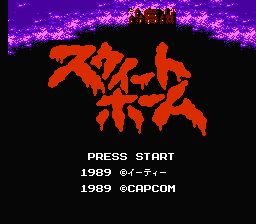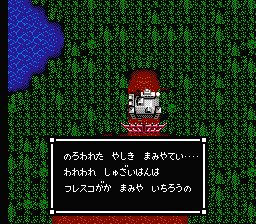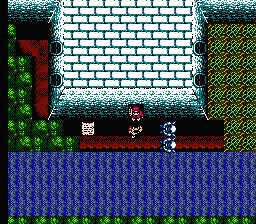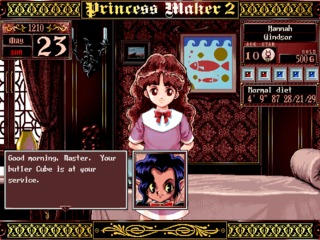Sweet Home is a survival horror roleplaying game produced and published by Capcom for Famicom in 1989. Although it was released exclusively for Japan, it received an excellent translation for English-speaking players.
There was a time when horror as a genre was unpopular and almost non-existent. The developers were exclusively dedicated to making adventure releases with a terror theme or based on some known movie to capitalize on its success. It was in that context that Capcom decided to experiment with Sweet Home. This title would set the basis for the Resident Evil saga, arguably one of the most important horror games of all time.
The game's story is about five teenagers who enter an abandoned mansion to investigate it. Shortly after their arrival, the front door closes, and they discover that the estate, far from being empty, is the home of a ghost and several demons that inhabit it. From here on, the five protagonists must work as a team to escape.
One of the great additions to the release is the combination of gameplay and history. Usually, the scripts are rigorous, and the player is forced to walk a linear path, which is only altered when he loses and is punished by restarting the section. The title breaks with this and presents a system of permadeath that was very innovative for the time: when a character dies, he (or she) does not revive. On the other hand, the installment has five different endings that change according to who survives. The gamer acquires a much higher immersion in the title, actively protecting the protagonists and achieving the best ending.
The game also has several features to differentiate itself from its contemporaries further. First of all, despite being one of the founders of survival horror, it has several RPG elements, such as a turn-based fighting interface whenever an enemy appears. Characters have their abilities, so everyone feels different and worthy of being saved. On the other hand, a limited inventory system was implemented, so many of the puzzle items must be appropriately managed to survive.
The technical part of the game is nothing less than superb; a perfectly engendered orchestra complements the strong visuals to generate an atmosphere of constant oppression that only worsens with time. The color palette is vibrant, but all share a lack of brightness and excel in opacity. Also, using lines in the dullest colors creates a feeling of rusticity in the environment. When a bright color enters the scene, it is only used to highlight further the shadows surrounding it.
The reviews were generally good, which is no small thing in a market that was not yet ready to receive a game with an entirely scary story. The fundamental importance of this release lies in its legacy, a precursor of all the survival horror that would come almost a decade later.
In short, Sweet Home is a must for horror fans. Combining two different genres, one can recommend this title to Silent Hill fans or even casual gamers who enjoy finding jewels for the NES.
Want to give it a try? Make sure to turn off the lights, turn up the volume and step into the dangerous walls of Mamiya Mansion.













